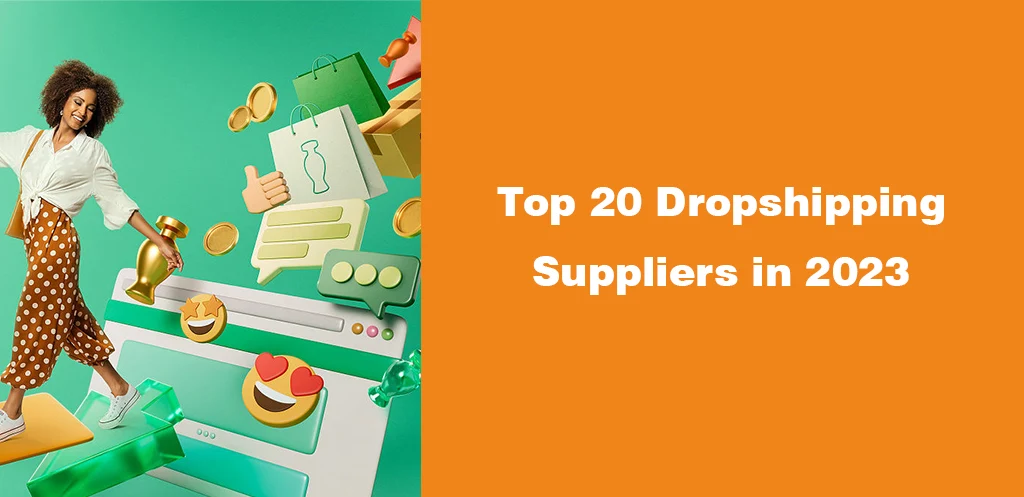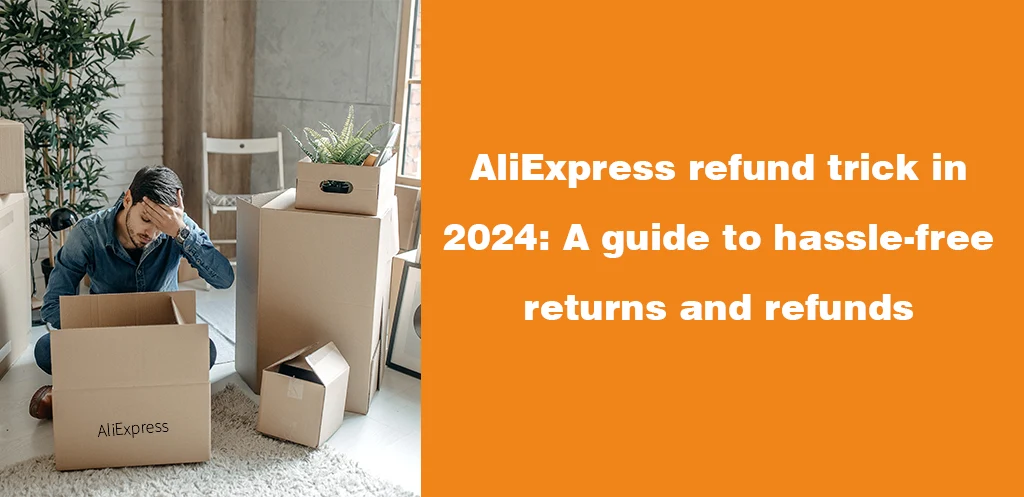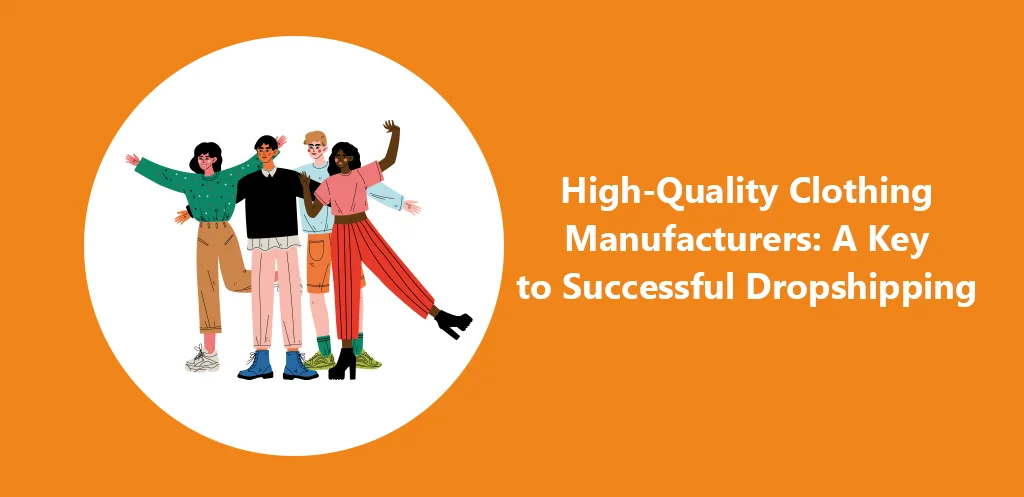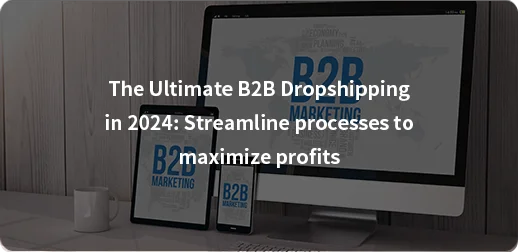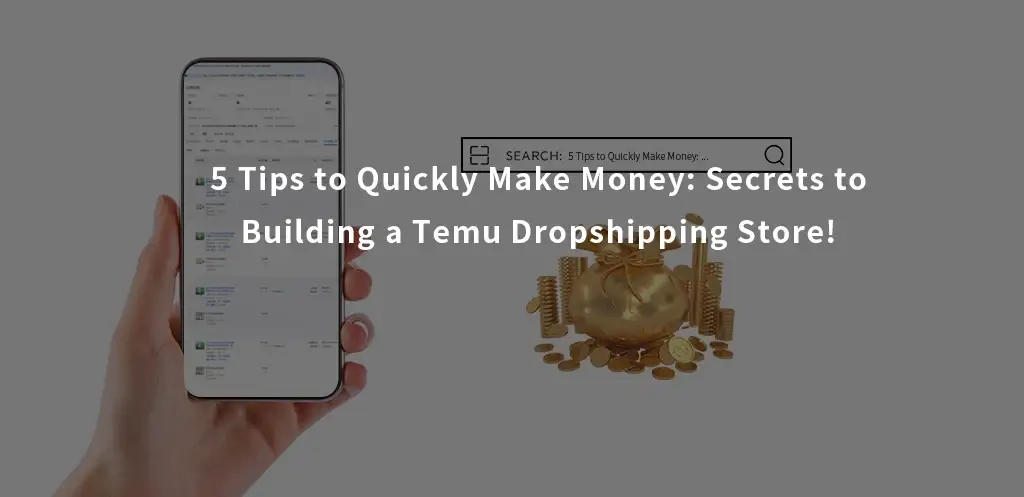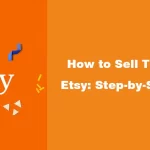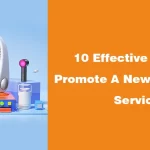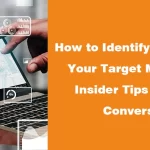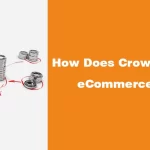As an e-commerce store owner, you know the drill: you’ve got your store up and running, your products are picked out and listed, and you’re seeing some sales trickle in. But let’s face it, these sales are nowhere near enough, which can be disheartening.
But here’s the good news: you’re not alone, and this isn’t the end of the road.
The real question you need to ask is, “How can I transform these sporadic sales into a steady, flourishing stream of business?”
That’s exactly why I will share 12 actionable, proven strategies to boost your online store sales with you in this guide. These practical tactics have worked for me and many others who began right where you are.
Define your value proposition
Think of your value proposition as that one thing that makes your online store special. It’s not just about slapping some catchy slogan on your site and calling it a day.
You must deeply understand why your customers choose your products over others and use that information to stand out in the crowded online marketplace.
But how do you do that?
Start by speaking with your existing customers through surveys or interviews. Why did they pick your product? Was it the unique design, the unbeatable price, or the solution it provided to a specific problem they faced?
Let’s take Casper as an example. They sell mattresses, right? But instead of saying, “Hey, our mattresses are comfy,” they hit on a common issue: sleepless nights.
Their message?
“No More Sleepless Nights.”
It’s smart because it’s a product that solves a problem that keeps people up at night (literally).
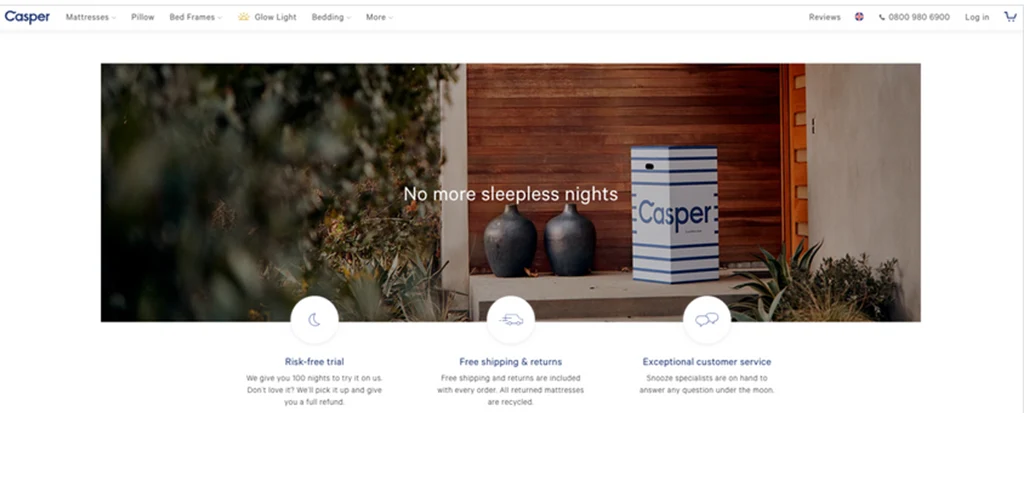
Once you have your value proposition, put it on your website, social media, product descriptions – everywhere. You want everyone who comes across your brand to instantly know what makes you different and better.
Then, your value proposition must reflect what your brand is all about. If it’s something like simplicity, make it clear. “Simplify your life with our easy-to-use gadgets” – something like that could speak to folks who want no-fuss solutions.
Understand your customers
Understanding your customers means getting to know them so well that you can almost predict their next move. Why? Because when you get them, you can tailor your store to meet their needs, wishes, and maybe even dreams. Let’s talk about how you can do this.
First off, get chatty with your customers. Use tools like OctaneAI or RevenueHunt to quiz them. You want to dig into their pain points, their likes and dislikes.
Take the example of Sephora. They don’t just sell beauty products; they create an experience. They have an engaged online community, virtual skincare consultations, and a bunch of quizzes on their site. Why? To give you exactly what you need. That’s knowing your customer.
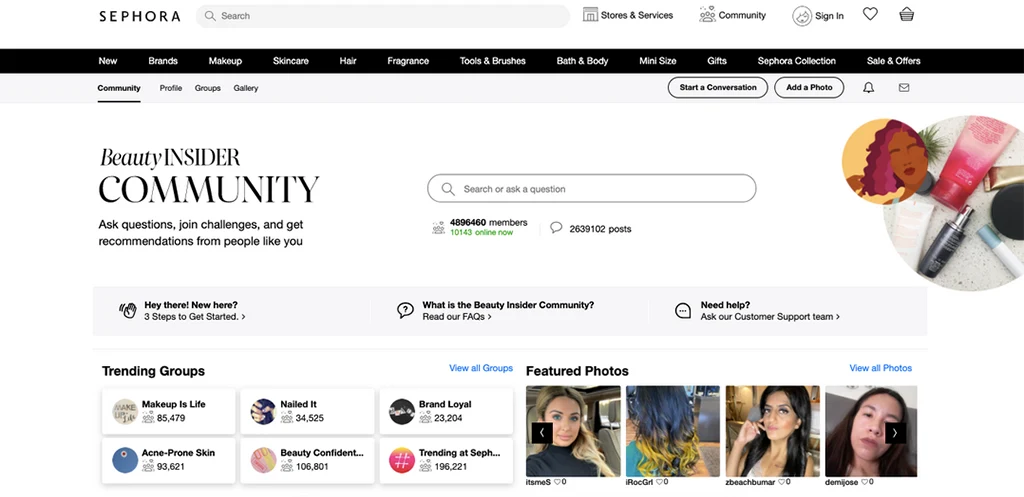
Then, build a customer avatar. How old are they? What do they do for fun? The more detailed, the better. This helps you craft messages that hit home and choose marketing channels that reach them.
Now, let’s talk about the post-purchase experience. You can’t just sell something and call it a day. You’ve got to keep the good vibes rolling. Personalize the content, keep shipping predictable, but sprinkle surprises in the unboxing.
Look at Snug – The Sofa in a Box Company. Every interaction, from their website to the delivery updates, is quirky and engaging. Their unboxing experience is like a party in a box. They’ve turned buying a sofa, usually a mundane task, into something you’d chat about with friends.
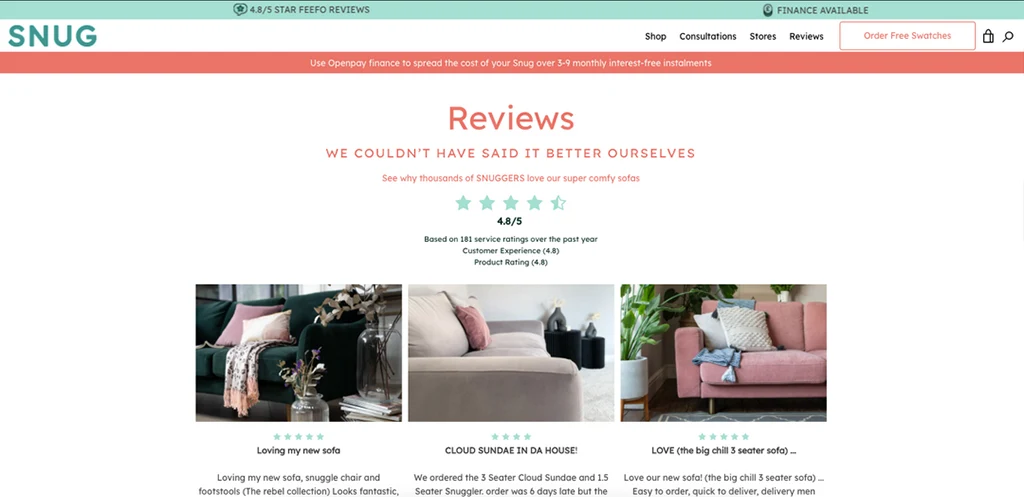
Know your customers like your best friends. Understand what makes them tick, what frustrates them, and what delights them. Then, use that knowledge to make every interaction with your store special. This is the key to a sale and a lasting relationship.
Share customer reviews
Sharing customer reviews on your e-commerce platform means amplifying the voices of satisfied customers directly to potential buyers. But why exactly is it so powerful?
First, let’s lay it out plainly: 93% of potential customers will look for reviews before purchasing. They’re seeking approval from those who’ve already taken the plunge. And here’s the kicker: reviews are trusted nearly as much as personal recommendations from friends.
That’s big.
Now, how do you make the most of this?
It’s simple.
Reach out to those happy customers you’ve wowed with your service or product and kindly ask them to share their experience. You want these golden testimonials on all fronts – your Google Business profile, Yelp, TrustPilot, you name it.
Let’s get practical with a real-life example: SKIMS, co-founded by celebrity Kim Kardashian, leverages customer reviews right below their products, using customer feedback to help others gauge fit and style – and yes, they cleverly use those positive vibes to upsell related items.

Adidas and SHEIN take it further.
Adidas lets you filter reviews by categories, while SHEIN incentivizes customers to leave visual feedback – a picture speaks a thousand words. They even reward customers who provide this valuable insight with points towards discounts. It’s a win-win.
Testimonials aren’t just fluff.
They’re proven to drive conversions, with research showing that their mere presence on a sales page can increase conversions by 34%.
Use optimized blog content
Think of it this way: Instead of continuously spending on social media ads, which can be hit or miss, focus on blog content. This is a more natural way to draw in people who are already interested in what you’re selling.
How?
By focusing on the keywords they’re searching for on Google. You want your blog to be what they find when looking for answers, guiding them to your website.
Look at Beardbrand. They don’t just sell beard products; they offer advice on beard care. For example, they have an article on how to grow a handlebar mustache. And another one on the best uses for their products. It’s targeted, smart, and attracts visitors who are likely to buy.
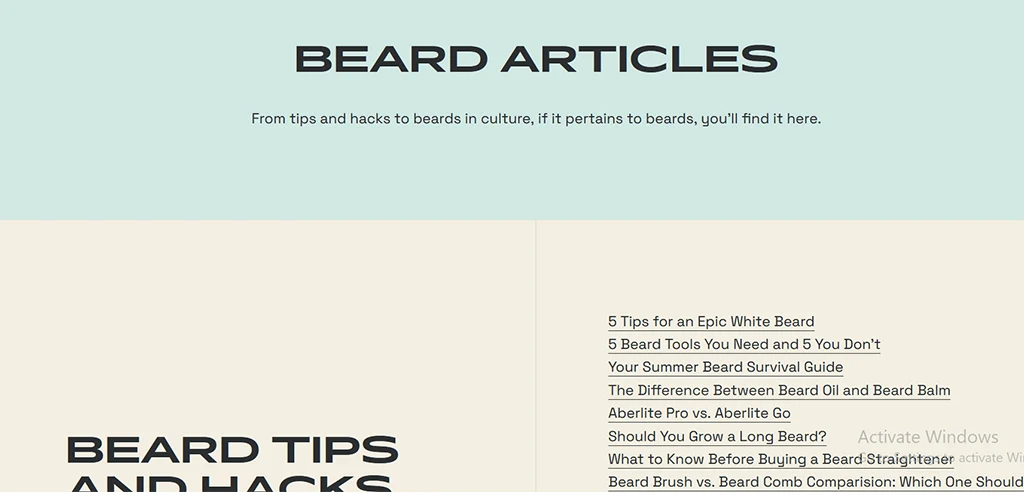
But blogging isn’t just about getting more visitors. It’s a way to make your brand more known and trusted and turn a casual reader into a repeat customer.
The numbers back this up. Small businesses with blogs see a 126% bump in lead growth. Why?
Because blogs can lead to a significant increase in potential leads by showing the human side of your business.
However, creating a few blog posts won’t be enough. You must post regularly, focus on quality, and use smart strategies. But how often should you post? Aim for 1-2 blogs on your related niche and products per month.
As for increasing sales, a blog helps guide visitors to purchase. Every informative blog post can encourage visitors to move closer to buying. Lyfe Marketing says that 57% of marketers have reeled in customers via their blogs. It’s the soft sell that packs a hard punch.
If you’re still unsure how to use blogs for your ecommerce store, this article will help!
Offer free shipping
Let’s get straight: free shipping can make or break a deal when customers shop online.
A study by Forbes shows that a whopping 77% of customers have backed out of a purchase because they didn’t like the shipping options. On the flip side, 84% have been swayed to buy just because shipping didn’t cost them extra.
But here’s the thing: not every e-commerce store can offer free shipping, especially if you’re working with slim margins or pricey shipping costs. So, how can you make free shipping work for you without taking a hit on your profits?
First off, know your numbers.
Understand what shipping costs you, and think about tweaking your prices slightly to cover shipping. This way, you’re transparent with customers about the total cost upfront—no surprises at checkout.
Another savvy move is the minimum order value strategy. It’s like saying, “Hey if you spend just a bit more, shipping’s on us.” This can tempt customers to add more to their carts, increasing your average order value. It’s a win-win: they get free shipping, and you get a bigger sale. SHEIN does this brilliantly!
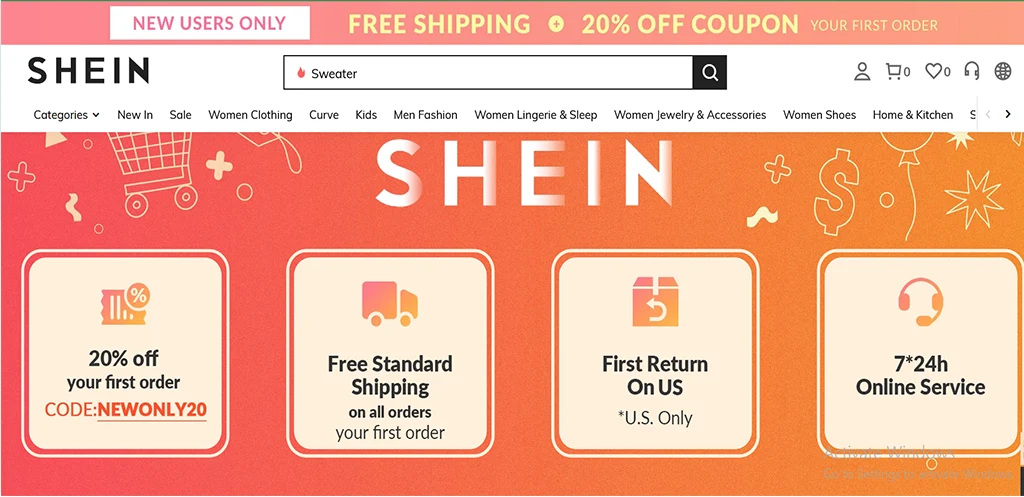
Next, think about who you’re offering free shipping to. Maybe it’s just for your VIP customers or orders over a certain amount. Maybe it’s for local deliveries only. You get to set the rules that work best for your business.
And let’s not forget about returns.
Customers don’t like paying to send stuff back. If you can swing it, offering free returns can be a big plus in the customer service department, encouraging folks to take a chance on your products.
If you’re tight on budget, think about teaming up with a third-party logistics company. They can store your products in various locations, which might cut down on shipping costs. Globallyfulfill is a solid choice for this kind of service.
Now, about that free shipping threshold—here’s a quick way to figure it out:
Free Shipping Threshold = (Average Shipping Cost / Gross Profit Margin as a decimal) + Average Order Value
So, if it costs you $10 on average to ship an order, your gross profit margin is 30%, and the average order value is $50, your math would look like this:
Free Shipping Threshold = ($10 / 0.30) + $50
Free Shipping Threshold = $83.33
This is the average order amount where offering free shipping won’t put you in the red.
Remember, when done right, free shipping can be a powerful tool to attract customers, reduce cart abandonment, and even steal customers from your competition. Pair it with top-notch customer service, and you’re golden.
Run abandoned cart email campaigns
Okay, you’ve got traffic to your e-commerce site, which is great. But then comes the tricky part: potential customers are adding items to their cart but not completing the purchase. This is where abandoned cart emails come in as a game-changer.
Think about it – every time a cart gets abandoned, that’s a missed opportunity. But with an abandoned cart email, you can swoop in like a sales superhero.
These emails are like little nudges reminding customers,
“Hey, you forgot something!”
And the best part? They work. They’ve got a solid open rate and can seriously help in recovering sales you’d otherwise miss out on.
So, how do you get started with these lifesavers?
It’s simple: automate the process. With the right tools, emails can go out when a cart gets left behind. Personalize these emails with the customer’s name and what they left in the cart, and maybe throw in a sweet deal or free shipping to sweeten the pot.
But don’t just send one email and call it a day. Set up a sequence. The first email can be a friendly reminder, but you can ramp up the urgency by the second or third. Maybe mention that the cart will expire soon, or the items are almost sold out. Create a sense of FOMO (Fear Of Missing Out).

And here’s a tip: make sure to track your results. Look at open rates, click-through rates, and conversions. If something’s not working, tweak it. Test different subject lines, offers, or images until you find what clicks with your audience.
Use upsells and cross-sells

Upselling and cross-selling might sound like sales buzzwords, but when done right, they provide extra value to your customers. It’s ensuring your customers leave with exactly what they need – and maybe a little extra they didn’t know they needed.
So, how can you use upselling and cross-selling to boost your online sales?
First up, upselling.
This is when you encourage a customer to purchase a more expensive item or upgrade a product to make it more beneficial to them. For instance, if someone’s buying a laptop, you could upsell by suggesting they go for a model with more storage or a better processor.
It’s like saying, “Hey, for just a bit more, you can get something that fits your needs even better.”
Then there’s cross-selling.
This is when you suggest products that complement what the customer is already buying. Think of it like this: someone’s buying a new smartphone from you, so you suggest they get a protective case or a pair of wireless earbuds to go with it. You’re selling more while offering a complete solution.
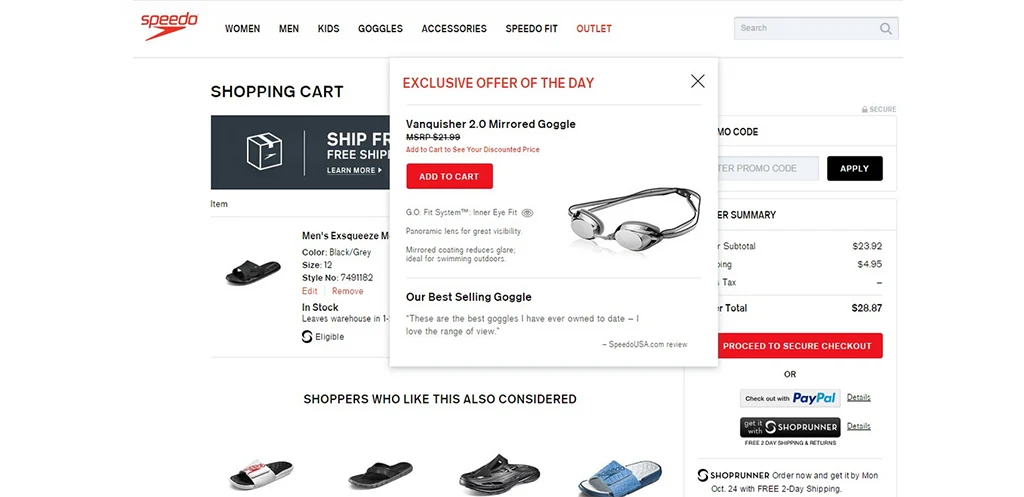
Now, why bother with all this? Well, it can seriously bump up your average order value. And guess what? It’s not as hard to do as you might think. For starters, when someone adds an item to their cart, why not show them a pop-up with an upgraded version? Or, after they’ve added a product to their cart, take them to a page with related items.
But keep it relevant. If someone’s buying a coffee maker, don’t try to upsell them a lawnmower. Make sure what you’re offering makes sense. And don’t be pushy. Nobody likes to be pushed into buying something they don’t want.
Improve website navigation
Improving your website navigation is like tidying up your house before guests come over. You want to ensure everything is easy to find and nothing’s blocking the way to the good stuff – like your products.
Here’s the thing: if customers can’t find what they’re looking for on your site, they’ll bounce. And that’s a lost sale, my friend. So, let’s make your website as user-friendly as possible.
First off, let’s talk about main navigation. This is your site’s compass. You want broad categories that make sense to your visitors, like ‘Men’s Wear,’ ‘Women’s Wear,’ or ‘Gadgets.’ Keep it simple and clear. Think like a customer: what would you look for?
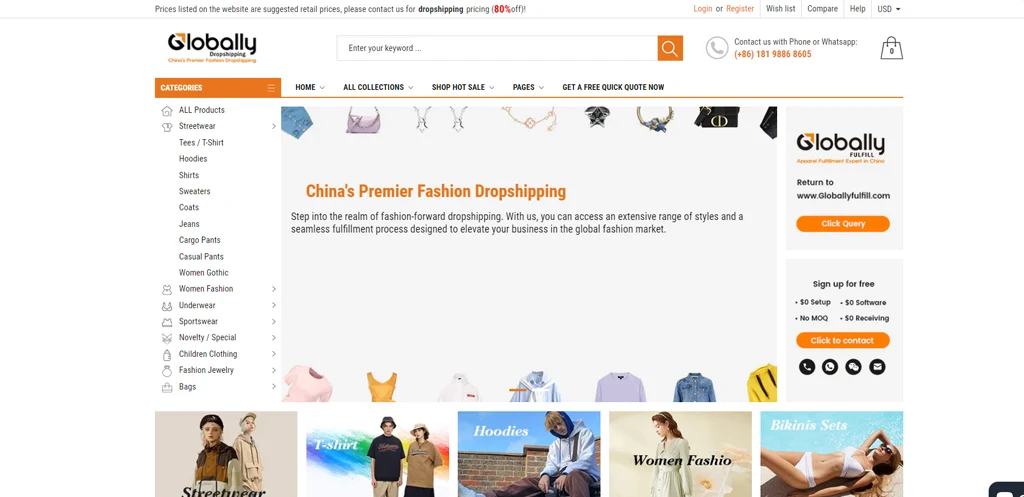
Then, within those categories, use filters and search functions. Got a clothing store? Let them filter by size, color, and style. Selling tech? Give options to sort by brand, features, or price range. This way, folks can narrow down to exactly what they want without getting overwhelmed.
Now, breadcrumbs. On your website, breadcrumbs are those little text paths that show where a user is on your site. If someone lands smack dab on a product page from a search engine, breadcrumbs let them see where they are and explore other similar items.
Speed up the checkout process
A swift and straightforward checkout process is crucial to enhance your online sales. The goal is to reduce any potential friction that could deter a customer from completing their purchase.
Start by keeping it simple.
Seriously, no one wants to fill out a bazillion fields just to buy a t-shirt. Stick to the essentials: name, shipping details, payment info, and boom – you’re done. Autofill is your best friend here.
Let’s say you’re using Shop Pay; it can fill in all that info for your customers, so they just breeze through with a single click. Shops using this have seen their checkout-to-conversion rate jump up like a kangaroo on a trampoline – 1.72 times higher than the usual snooze-fest checkout.
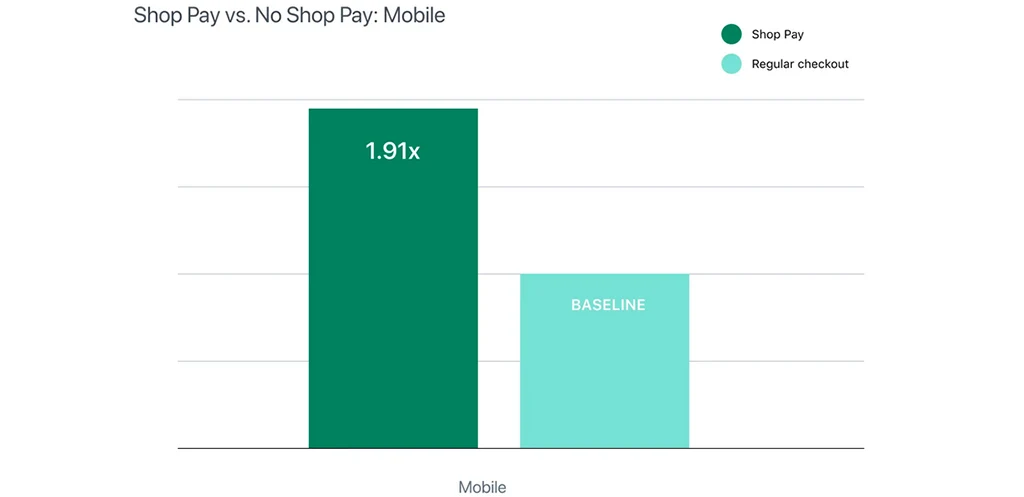
Also, ensure your website loads quickly, as slow loading times can lead to lost sales. Customers expect a fast and responsive online shopping experience.
And here’s a cheeky tip: why not throw in a little surprise at the end? A small discount or a freebie on the next purchase could be just the cherry on top to ensure they remember their lightning-fast checkout experience with a smile.
Accept alternative payment methods
In today’s diverse online shopping landscape, accepting various payment methods can significantly boost your sales.
Customers have different preferences and conveniences regarding payment options, so catering to these needs can enhance their shopping experience and potentially increase conversion rates.

Firstly, ensure that your store accepts the most commonly used methods: debit and credit cards.
However, to truly cater to a broader audience, consider integrating ‘Buy Now, Pay Later’ options like Shop Pay Installments, Klarna, or AfterPay.
These services allow customers to make purchases immediately and pay for them over time, usually without interest. This option can particularly appeal to budget-conscious people who prefer not to pay the full amount upfront.
Mobile wallets are another essential payment method to include.
Options like Shop Pay, Apple Pay, or Google Pay offer a seamless and secure way for customers to pay using their smartphones. These methods are not only convenient but also add a layer of security, as they typically require biometric confirmation, such as a fingerprint or facial recognition, which can reassure customers about the safety of their transactions.
Provide excellent customer service
Offering top-notch customer service is essential for boosting online sales. Ensure your team is easily reachable through live chat, email, or phone. Quick responses are crucial – no one likes waiting around, especially with a pressing issue.
Your team needs thorough training, not only on your products but also in effective communication. They should be empathetic, patient, and skilled at problem-solving.
Remember, every issue is an opportunity. If a customer has a problem, solving it efficiently can boost their loyalty – this is known as the service recovery paradox.
Actively seek customer feedback on their service experience through surveys or follow-up emails.
Use this feedback to continuously improve. Personalizing your customer service can make a big difference – addressing customers by name, recalling past interactions, and tailoring suggestions based on purchase history can make them feel valued and understood.
Many customers prefer to solve issues independently, so having a comprehensive FAQ section, tutorial videos, or user guides on your website can be very beneficial. This also lessens the load on your customer service team.
Offer a customer loyalty program
Creating a customer loyalty program is a smart way to increase online sales. It’s about rewarding customers in ways that encourage them to keep coming back and even become advocates for your brand. Here’s how you can do it effectively:
Firstly, get to know what your customers like.
Do they enjoy discounts, freebies, or exclusive access to products? Use surveys or look at their buying patterns to figure this out. Based on this, set up a loyalty program with basic, silver, and gold levels, where each level offers better perks.
Make your loyalty program super easy to join and use. Maybe even automatically sign them up after their first purchase. And keep the process of earning and using rewards really simple. If it’s too complicated, people might not bother.
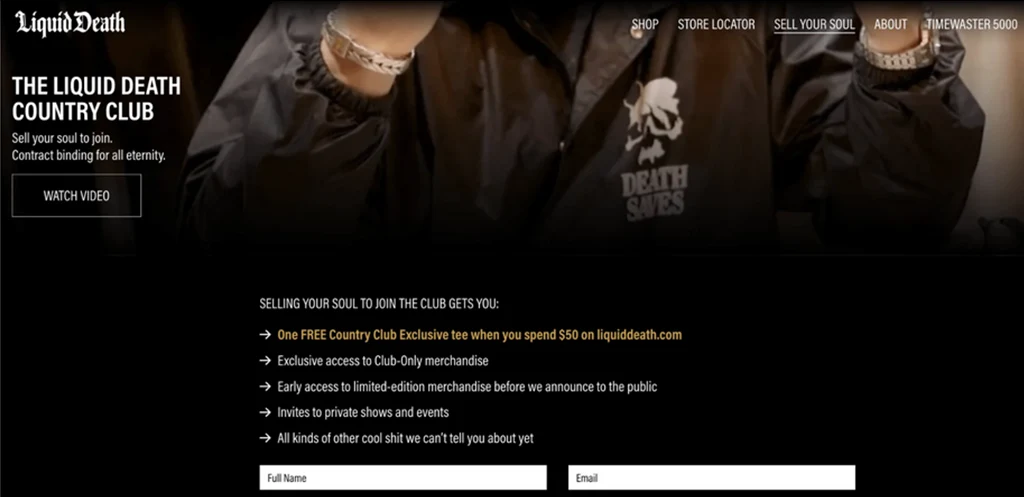
Now, don’t just set it and forget it. Shout out about your loyalty program on your website, emails, and social media. Let people know what they can get and how easy it is to get those benefits.
And remember, sometimes customers might have issues or questions. So, have a support team ready to help them out. Good customer service can make a difference in keeping your loyalty program members happy.
Conclusion
Let’s recap what we’ve learned.
To effectively boost online sales, define a unique value proposition and deeply understand your customer’s needs. Leverage customer reviews and optimized blog content to build trust and engage visitors.
Implement strategies like offering free shipping, running abandoned cart email campaigns, and utilizing upsells and cross-sells to enhance the shopping experience and increase average order value.
Streamlining the checkout process, accepting diverse payment methods, and providing exceptional customer service is crucial for maintaining customer satisfaction and loyalty. Finally, introducing a customer loyalty program can incentivize repeat purchases and foster long-term customer relationships.
For seamless logistics and fulfillment, consider partnering with services like Globallyfulfill to ensure efficient delivery and customer satisfaction.

